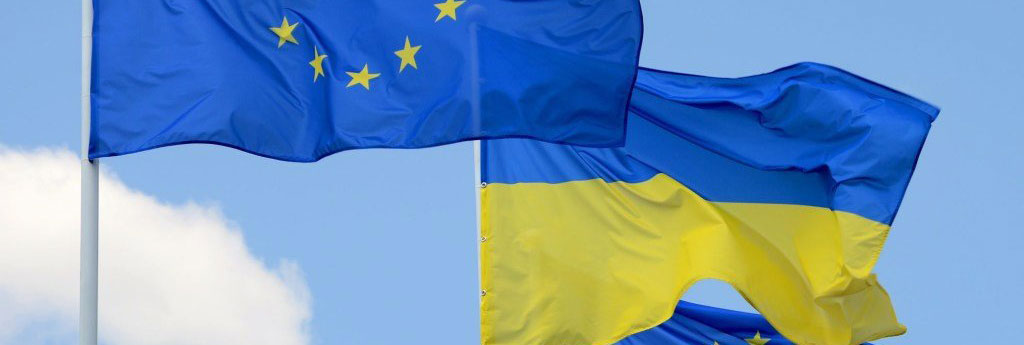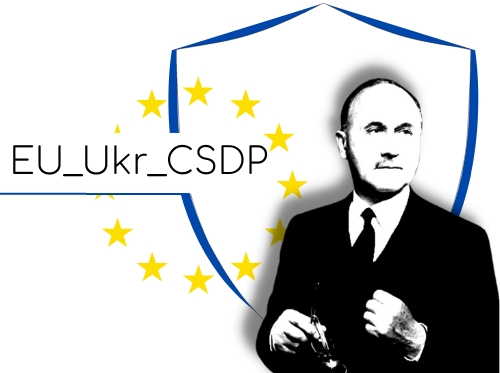About CSDP in terms of EU-Ukraine relations
The Common Security and Defence Policy (CSDP) is an integral part of the European Union's Common Foreign and Security Policy, providing the European Union with an operational capability based on civilian and military assets.
The short history of shaping the CSDP:
- After the end of World War II, several initiatives were taken to develop a European security and defense identity. This included signing the Brussels Treaty in 1948, which laid the foundation of the Western European Union.
- The Western European Union, created in 1954, together with NATO became the principal forum for consultation and dialogue on security and defence in Europe.
- The following developments connected to the collapse of the Soviet bloc after the Cold War caused the question of collective defence of the European continent's territory to recede into the background, since there was no longer a clearly identifiable threat.
- In 1992, the countries of the Western European Union upheld the Petersberg Declaration, that limited-scope military missions could be conducted in cooperation with NATO or the EU. The scope of the missions was formulated as humanitarian and rescue tasks, peacekeeping tasks, tasks of combat forces in crisis management, including peacemaking.
- The Maastricht Treaty, which came into force in 1993, introduced the Common Foreign and Security Policy (CFSP) as the second pillar of the EU.
- The Amsterdam Treaty of 1997 assigned to the CFSP the objective of progressively forming a common defence policy, which could eventually lead to a common defence, with the aim of carrying out Petersberg missions. These missions specified “humanitarian and rescue tasks, peacekeeping tasks and tasks of combat forces in crisis management, including peace-making.”
- Afterwards The Helsinki European Council in 1999 adopted the Millennium Declaration. It stated that the Member States had the goal of being able, by 2003, to deploy within 60 days and sustain for at least one-year forces up to 50,000-60,000 persons capable of the full range of Petersberg task.
- The European Security Strategy, adopted for the first time in 2003, identified the need for the EU to have a more coherent and effective policy to deal with security issues, such as terrorism, regional conflicts, organised crime etc.
- The adoption of the Treaty of Lisbon in 2009 established the CSDP as a core part of the EU’s foreign and security policy. In this regard, the role of CSDP under the Treaty of Lisbon is to “provide the Union with an operational capacity drawing on civilian and military assets,.. use them on missions outside the Union for peace-keeping, conflict prevention and strengthening international security in accordance with the principles of the United Nations Charter», as well as “lead to a common defence, when the European Council, acting unanimously, so decides”.






